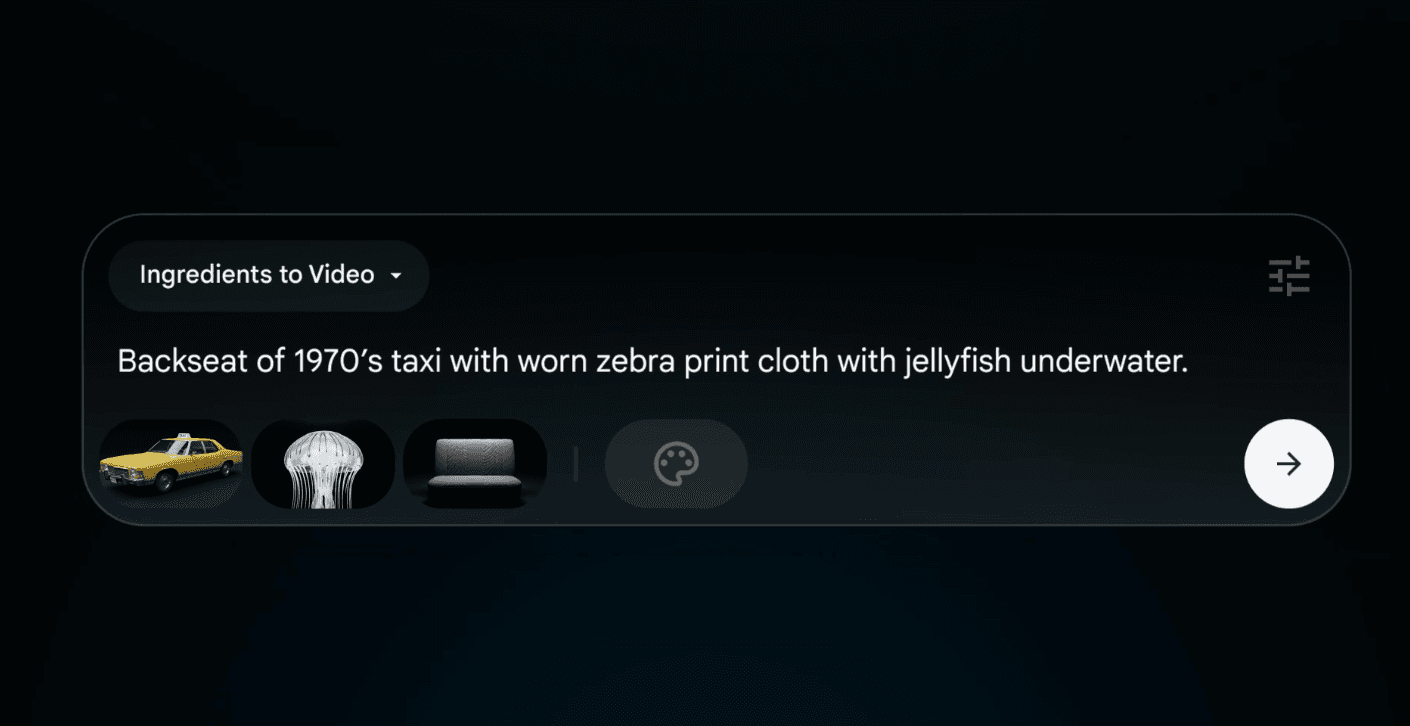
Mary Reed, the 5-foot, 1-inch business manager at CR’s Auto Test Center, explains what she looks for in evaluating a car: “I adjust the seat for comfort before driving, sliding it forward as needed and moving the steering wheel. I then consider the visibility over the hood and to the rear, especially the corners. With everything adjusted, I then check access to make sure the ease of entry factors into my specific setup. This is something that would be easy to overlook on a test drive.”
Anita Lam, the Auto Test Center’s associate director of automotive data integration, has been evaluating seats for over 20 years and has a vested interest in vehicles for shorter drivers.
Lam suggests that car shoppers on the shorter or smaller side pay particular attention to the head restraint and shoulder belt adjustments. A belt that adjusts up or down can make a big difference in helping drivers find a comfortable position and lessens fatigue on a long trip, she says. Some inexpensive and older cars have a fixed belt position that can cause the edge of the belt to rub against the neck of a shorter driver. If you’re wearing a jacket on a test drive or you’re otherwise distracted, you may not notice this subtle but important factor.
We have identified the best cars and SUVs for short drivers in several size classes. Within each class, we also list the next best alternative when there’s another clear standout. We omitted the large SUV class because none are currently CR Recommended.
Measurements and comfort ratings can be compared on the model pages, linked to the ratings boxes below.
If you’re a CR member, this article and the list below are already available to you. If you’re not a member, click below to join and get access to the list and all of our exclusive ratings and reviews for each vehicle we buy and test.









